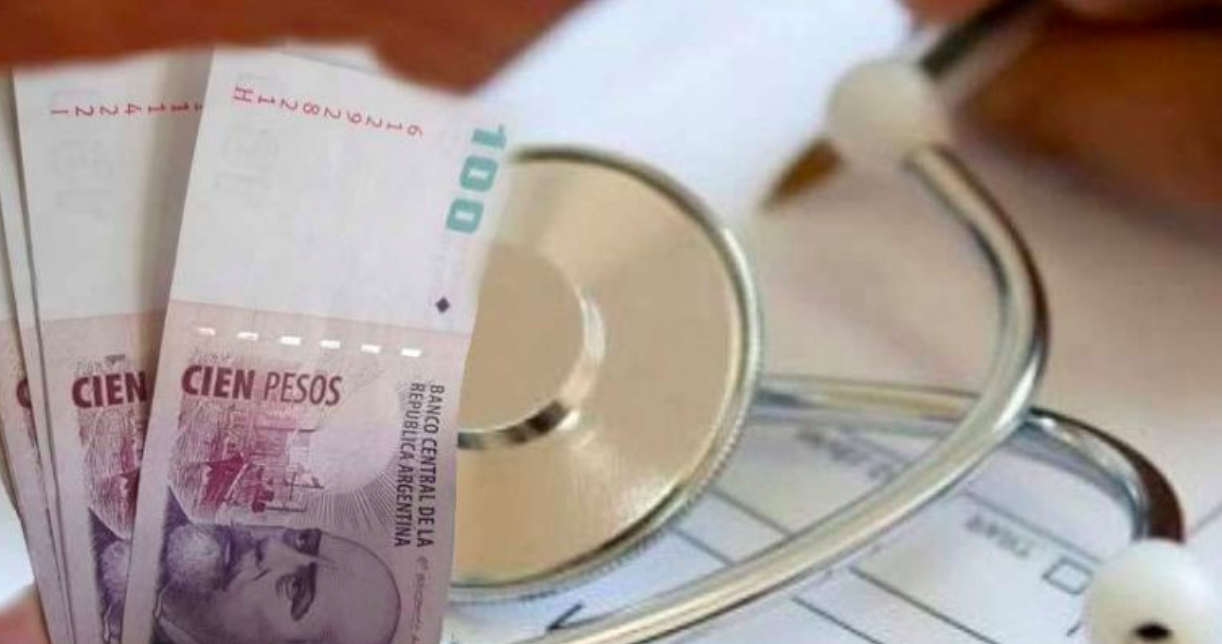RIO DE JANEIRO, BRAZIL – Inflation in Argentina continued to post strong increases in a scenario in which it is expected to post higher increases in the short term, increasing pressure for the central bank to speed up its daily devaluations of the peso.
According to data released this Thursday by the National Institute of Statistics and Censuses (Indec), consumer prices rose 5.3% in June, accumulating an increase of 64% in twelve months, compared to 61% in May it registered its highest level in 30 years.
Read also: Check out our coverage on Argentina
The figure was in line with market expectations. With the result of June, in the first semester an increase of 36.2% was accumulated.

The division with the greatest increase in the month was Health (7.4%), which was affected by the rise in the share of prepaid medicine and medicinal products.
It was followed by Housing, water, electricity and other fuels (6.8%), due to the increase in electricity and gas rates; and Alcoholic beverages and tobacco (6.7%) since together with the rise in beverages, the drag left by the increase in cigarette slab prices in May was added, explained the Indec.
As for Food and non-alcoholic beverages (4.6%) it was the one that had the highest incidence in all the regions. Within the division, the increase in Vegetables, tubers and legumes stood out, although the increase in Meat and derivatives was what had the most impact in most regions, it added.
The two divisions with the smallest increase in the month were Communication (0.4%) and Education (2.0%).
HIGHER INCREASES
However, June’s inflation data is already overshadowed by price hikes in July and beyond.
Argentines face the prospect of 90% inflation by the end of the year after the economy minister’s departure prompted daily price increases, while the central bank is under pressure to allow the peso to depreciate more quickly.
That would be the highest rate in the world outside of Venezuela and Sudan, according to forecasts by the International Monetary Fund.
The dramatic departure this month of former Economy Minister Martín Guzmán led many companies to raise prices. Some Argentines rushed to stores the morning after Guzmán resigned to try to stock up before a peso devaluation and price hikes.
Consulting firms in Buenos Aires, such as EconViews, FMyA, Alberdi Partners and EcoGo, forecast inflation of 90% by the end of 2022. One of them, FIEL, expects consumer prices to rise 92%, while other analysts, such as EcoLatina and Empiria Consultores, forecast that inflation will end the year at 85%.
Before Guzmán’s departure, economists surveyed by the central bank forecast inflation of 76% by the end of the year. The printing of money to finance public spending and the increase in international commodity prices have also contributed to the unbridled increase in prices.
Looking to the future, analysts see the government of President Alberto Fernández without tools or a credible strategy to cool inflation. Some expect the central bank to speed up its daily devaluations of the peso, which would allow it to spend less money defending the sliding peg, though that would put even more pressure on prices.
Argentina’s unions could renegotiate wage increases for workers to offset price hikes as well.

